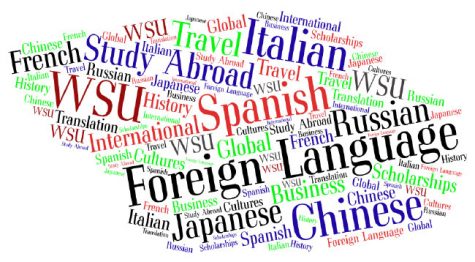Our Opinion: The True Price of College
February 18, 2019
Many in the class of 2019 have already committed to a college or university, while others still wait for acceptance letters from the college of their choice. Some may not be pursuing a secondary education after graduating, for various reasons, and instead may choose join the workforce. For most of the class choosing to attend a college, their main concern is financing their education.
The bottom line is, college is expensive, especially in Virginia. Whether the tuition alone is $5,000 a year (Virginia State University) or $50,000 (University of Richmond), students will still be paying thousands of dollars in order to pursue their careers. College is a privilege in America that is viewed as a necessity and priced as a luxury; the right to free education ends at 12th grade but young people are expected to continue onto college because that is just what Americans do. And yet, families who cannot easily afford the price tag have to go into debt to send their children to “good schools”. In the past, the choice for many has been to attend a community college like Northern Virginia Community College (NOVA) for a year or two and then transfer to another school with the credits they earned, however, the average net price for NOVA is just under $10,000 for in-state residents. Not quite as pricey as schools like Roanoke College, which clocks in at just over $40,000, but it is not just pocket change for most Americans.
According to Ray Franke, a professor at the University of Massachussetts, “If you look at the long-term trend, college tuition has been rising almost six percent above the rate of inflation.” States have also been decreasing funding for public universities since the Great Recession in 2008. And the tuition numbers do not take into account other costs – housing (the second highest fee for most schools, after tuition), supplies, and a category just called “other expenses”.
Considering that the total student debt in America is calculated at around 1.5 trillion dollars for around 44 million people (about $34,100 per person), college is just too expensive for all except the wealthiest, especially for families with multiple children. Scholarships that significantly assist with the costs are few and extremely selective, and while many schools offer aid of their own, it generally only covers a fraction of the total cost. Online classes are another option for many students to cut down on housing and other costs. Full ride scholarships for academics and sports are few and far between.
There is obviously no easy option to bring down the cost of education, but it has to happen, and soon. The rate at which tuition is increasing is much faster than financial aid can keep up. No one seems to have a solid solution as to how to bring the prices down. Perhaps fixing the loan system, which allows students to make major financial decisions that put them in debt for years after graduating, if they even stay in school long enough to do so, is a start. Tuition caps are another option, or maybe a combination of the two, as suggested by Forbes. Whatever the solution may be, the cost of college must come down. Otherwise the risk is a nation where higher education is once again left only to the richest.










